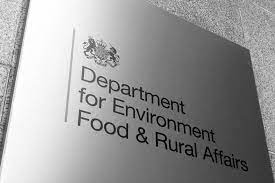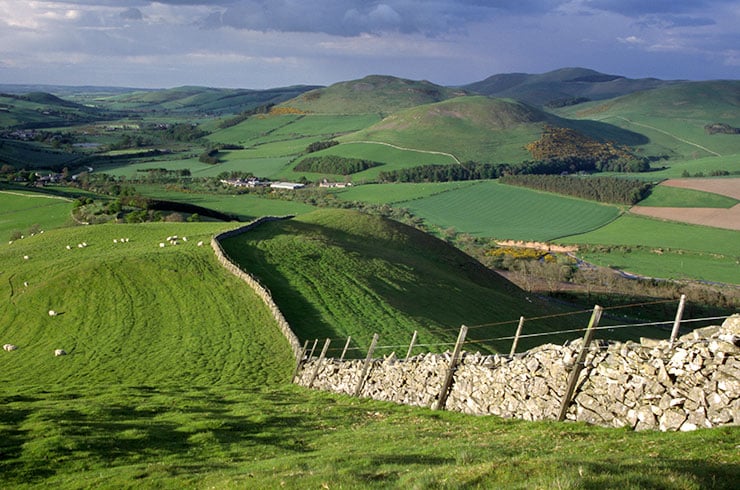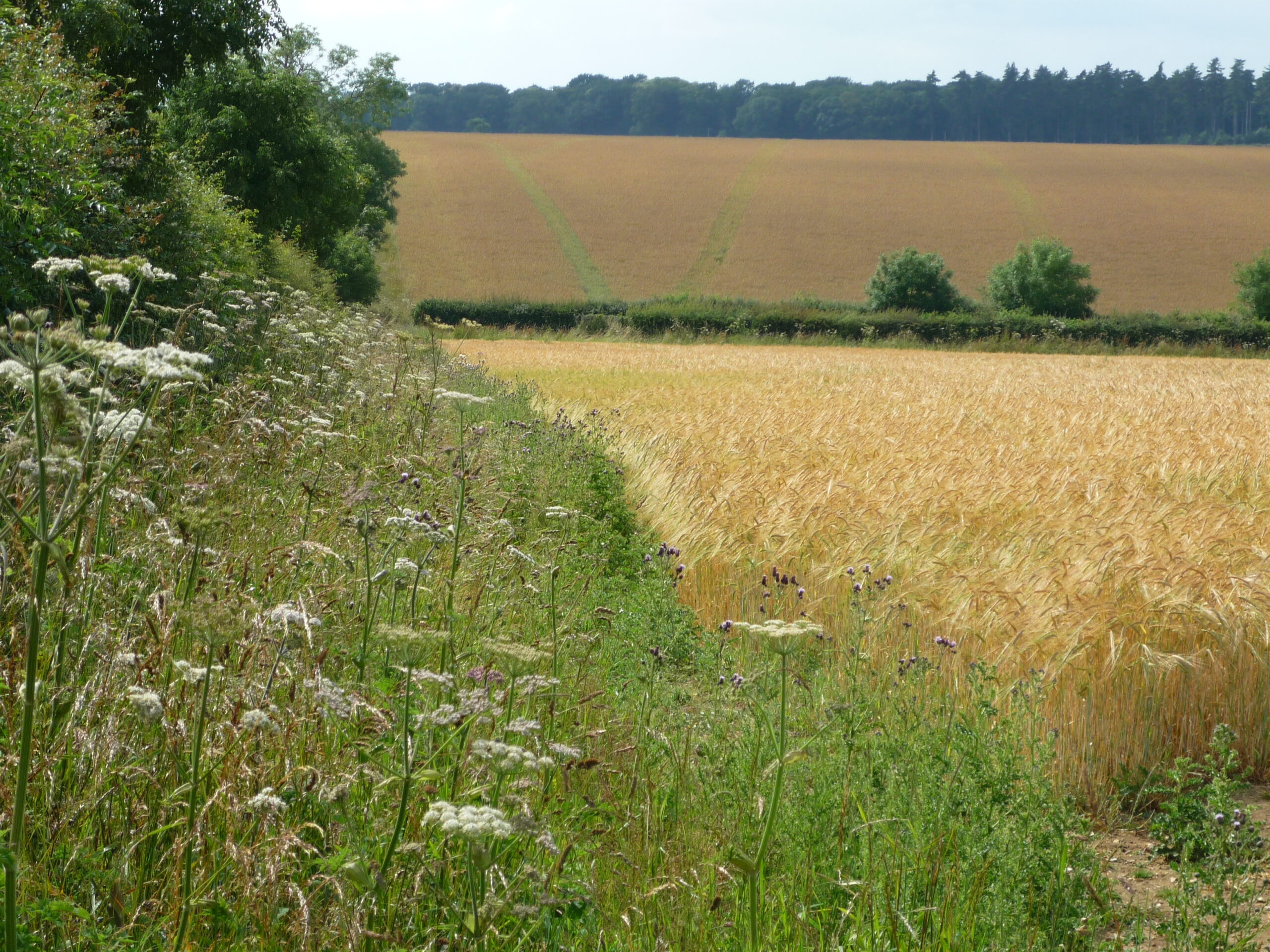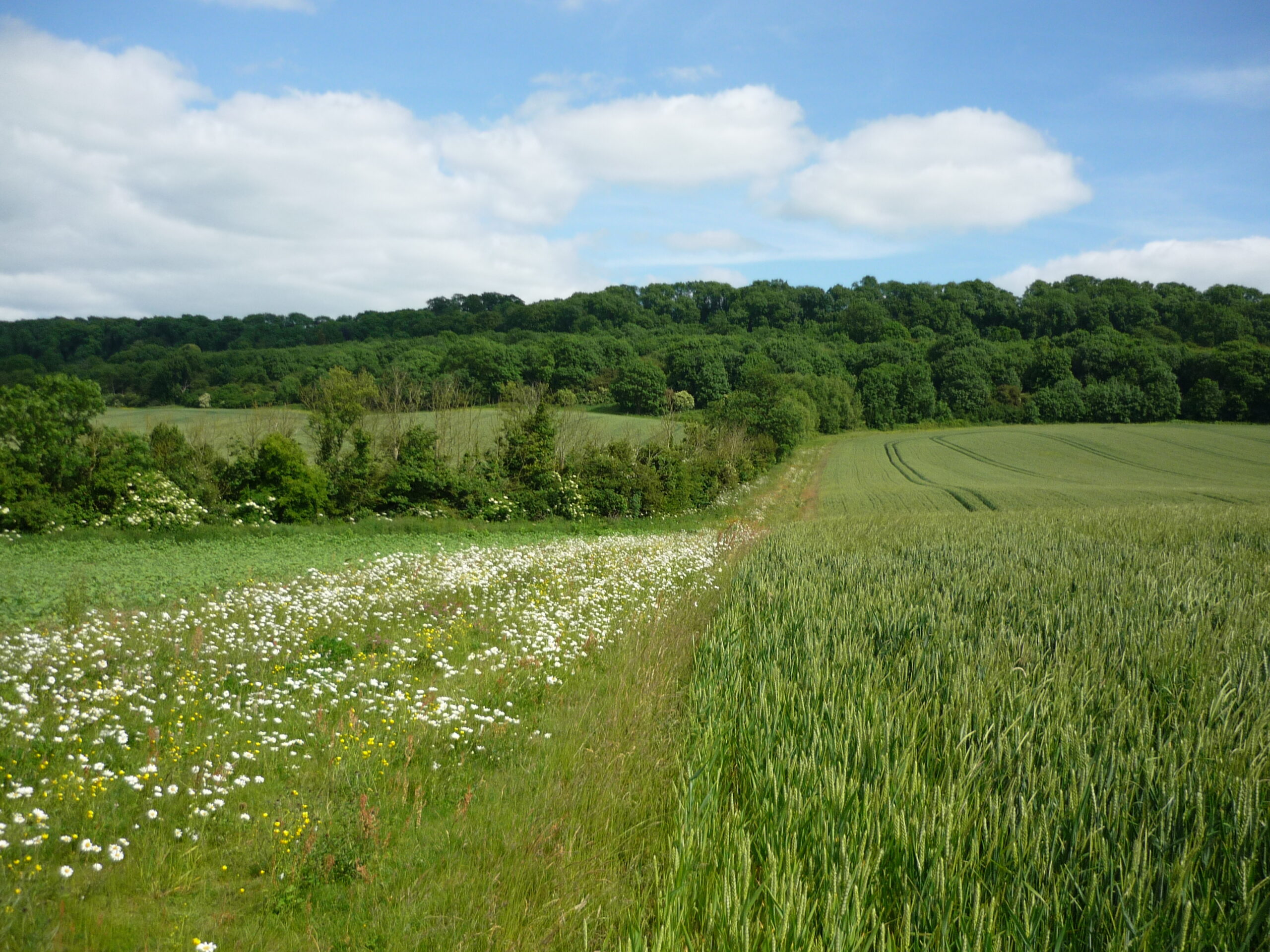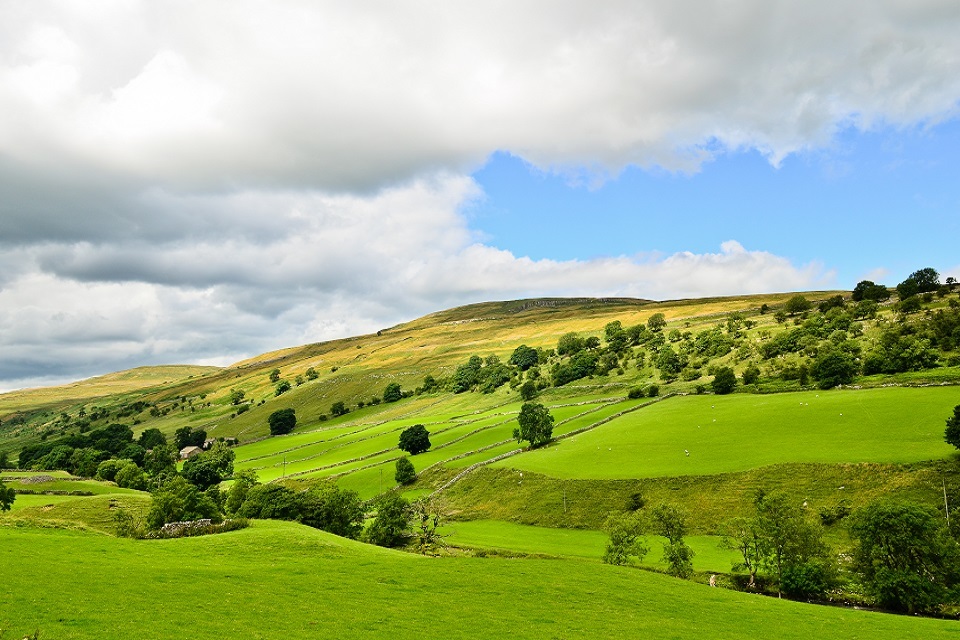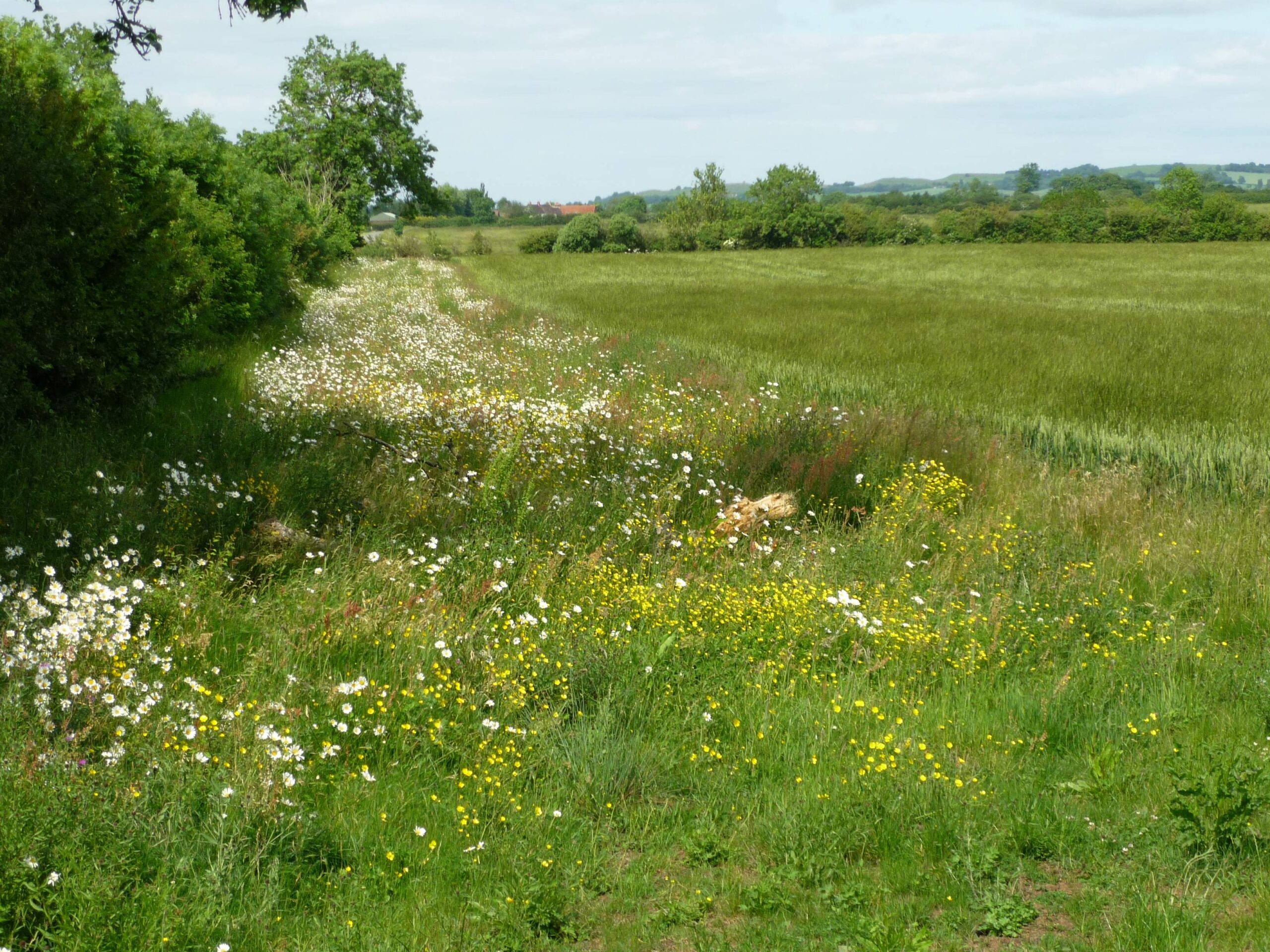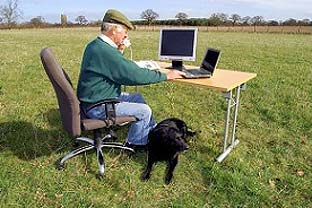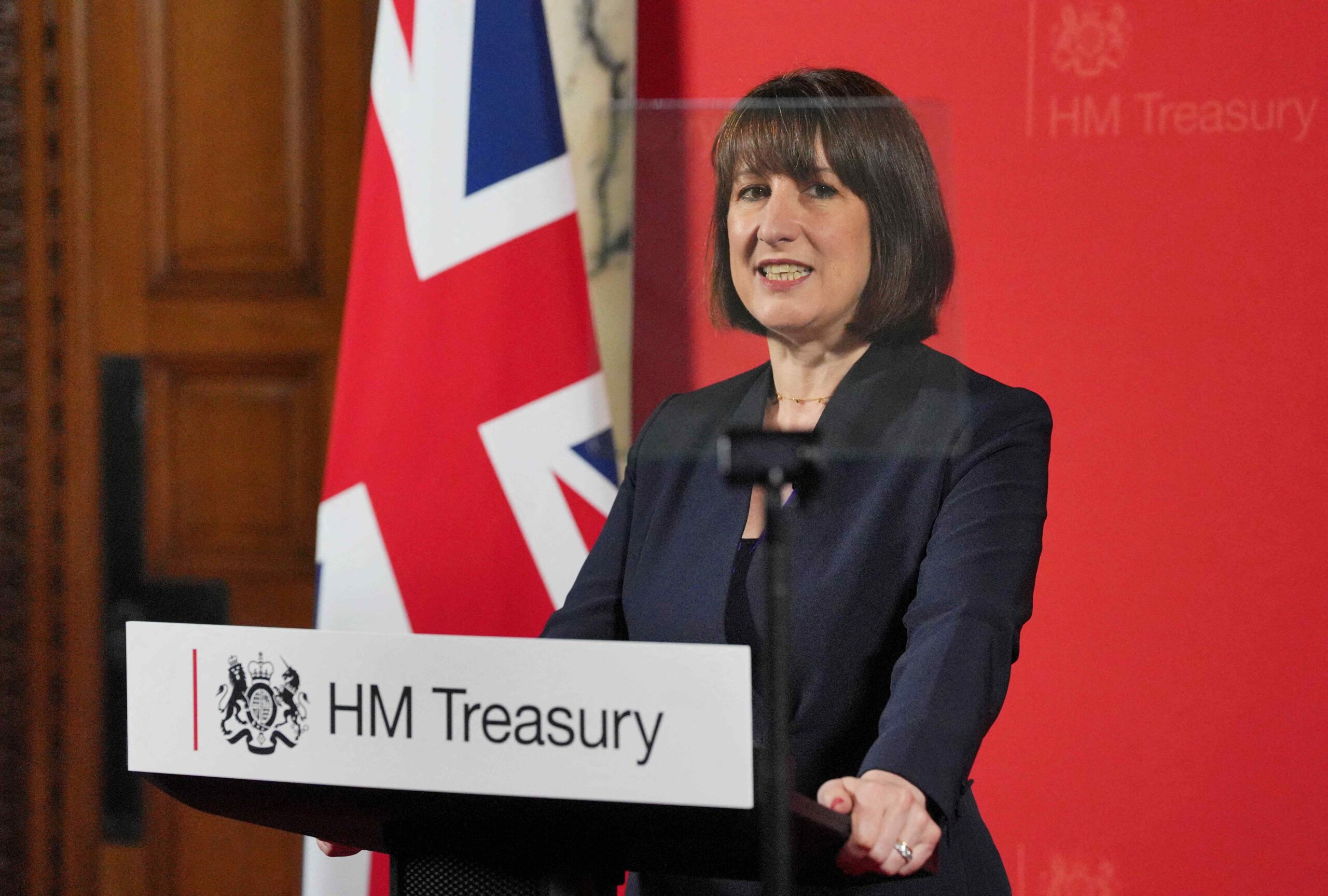Policy Direction
With the change of Government there could have been a change to agricultural policy, but the new Defra Ministers have confirmed that they are fully committed to Environmental Land Management (ELM) and they want to ‘maintain the momentum’ built up over recent months. Defra has said work is being carried out on how the schemes and grants can produce the right ‘outcomes for farmers, food security and nature recovery in a fair and orderly way’. Quite what this means for farmers and the schemes available is currently unclear. There has been reference to schemes delivring value for money, but it is very hard to prove the precise contribution of schemes to environmental outcomes, and then even harder to put a value on this.
SFI 2024 Roll-out
The expanded SFI 2024, offering 102 options, is currently still only available via the controlled roll-out. Those interested must first complete an expression of interest and then the RPA will ‘invite’ them to apply. We are experiencing differing lengths of waiting times for ‘invites’. We expect this depends on size, complexity, type of farm and whether another agreement already exists as this is being used to test the system before rolling it out to everyone – it is not simply a first-come-first-served process. There is no indication when SFI 2024 will be made open to all.
Scheme Guidance
Guidance on the individual Actions has been amended a couple of times since it first came out in May, the latest version can be found via https://www.gov.uk/government/publications/sustainable-farming-incentive-scheme-expanded-offer-for-2024. This web page also has a link to the Terms and Conditions, which have also been amended, our article of 2nd August reported these (see https://abcbooks.co.uk/sfi-2024-rule-changes/) including the removal of the annual upgrade provisions. There is also a search facility for all the actions available via this page – similar to the CS Grant Finder, as well as general scheme guidance. Many of the recent updates to the actions are to do with compatibility of the options with each other. But notable is the change to CNUM3 – Legume Fallow, which is rotational again (!). The ‘general’ scheme guidance has also been updated to include an Annex C which shows the Supplemental action you can do with each Base Action i.e. Grazing Supplement or Haymaking Supplement can be carried out on Low Input Grassland (the Base Action).
Endorsed Actions
Some of the actions under the SFI will target priority habitats or species, or heritage features and applications including these will require ‘endorsements’ from Natural England or Historic England. The first endorsed action is now available – GRH6: Manage Priority Habitat Species-rich Grassland. This action was much publicised when the expanded offer was introduced as the payment increased considerably from previously (GS6 was £182 per Ha and now GRH6 is £646 per Ha). We have been waiting to find out how we get these actions endorsed, but it seems relatively straight forward to apply for;
- select the relevant SFI action and which land the action is going to be done on in the SFI application
- submit the application
- Natural England or Historic England, as relevant, will be in contact about the endorsement process for the action – they may need to visit the land to confirm it’s suitable for the selected endorsed SFI action – with regards to GRH6 the assessor will check that the area is either already priority habitat species-rich grassland or that it has the potential for the restoration or creation of priority habitat species-rich grassland.
Although the process seems relatively straightforward, Defra has said agreements which include actions that require endorsement will take longer to be offered and therefore applicants may want to include these on a separate agreement if there are other actions being claimed so that the endorsement is not holding up the whole claim. Currently only GRH6 is available. Other endorsed actions will be added later in 2024 including ones on wildlife, heritage, wood pasture, orchards, coastal habitats and waterbodies.
Into 2025
Whilst there has been no official announcement, it is strongly beleived that there will be no major changes to the SFI for 2025 – or at least the early part of the year. There may be the now-usual ongoing tweaks but we do not expect a further tranche of options to be added – beyond the endorsed ones outlined above. This is especially likely to be the case if the new Government wishes to see how the present scheme performs.
Capital Items
The SFI does not include capital items, but the agri-environment Capital Grants offer has increased considerably over the last few years. It is available as a stand-alone grant or can be used to support an SFI application. To this end a further eight items have been added to support some of the new SFI 2024 actions, these are;
- AF1: Plant an agroforestry woodland tree
- AF2: Plant an agroforestry fruit tree
- AF3: Supplement: Species diversity bonus
- TE6: Tree guard (tube and mesh)
- TE7: Tree guard (wood post and rail)
- TE8: Tree guard (wood post and wire)
- PA4: Agroforestry plan
- PA5: Moorland mapping plan
In total there are now 105 capital items under this programme.
Annual Declaration
Each year agreement holders have to submit an Annual Declaration to confirm that they have delivered against their agreement for that year. This must be completed to receive the final payment for that year. The Declaration must be submitted within the last two months of each relevant agreement year i.e. an agreement start date of 1st October can submit from 1st August to 30th September. ‘Early adopters’ of the SFI 2023 should be able to submit their first Declaration now. RPA will notify agreement holders when their annual declaration period begins – no confirmation yet whether this is via e-mail or through ‘Messages’ on Rural Payments. The Declaration can then be accessed and completed online in Rural Payments via farmers’ ‘Business Overview’ page.
